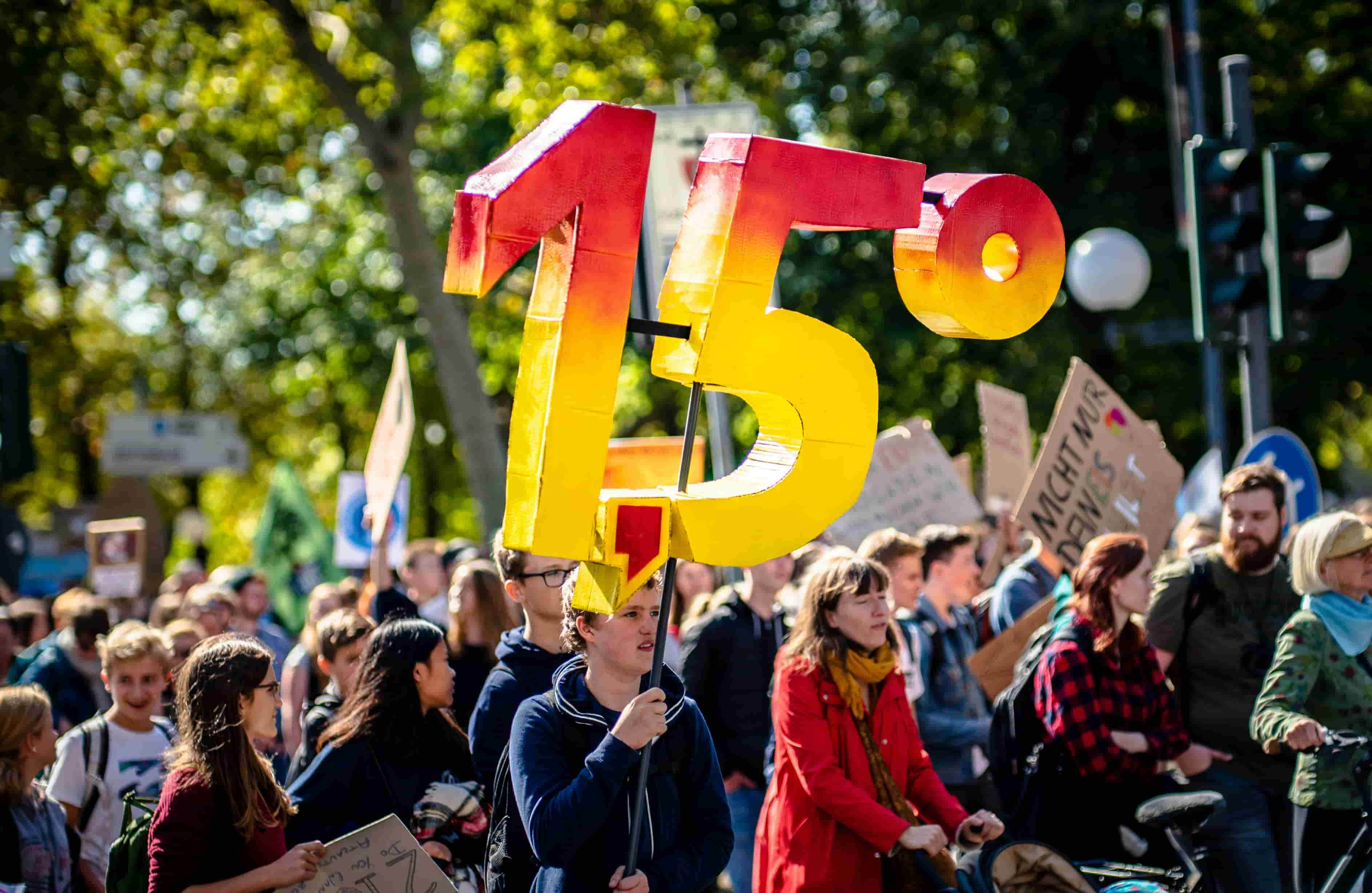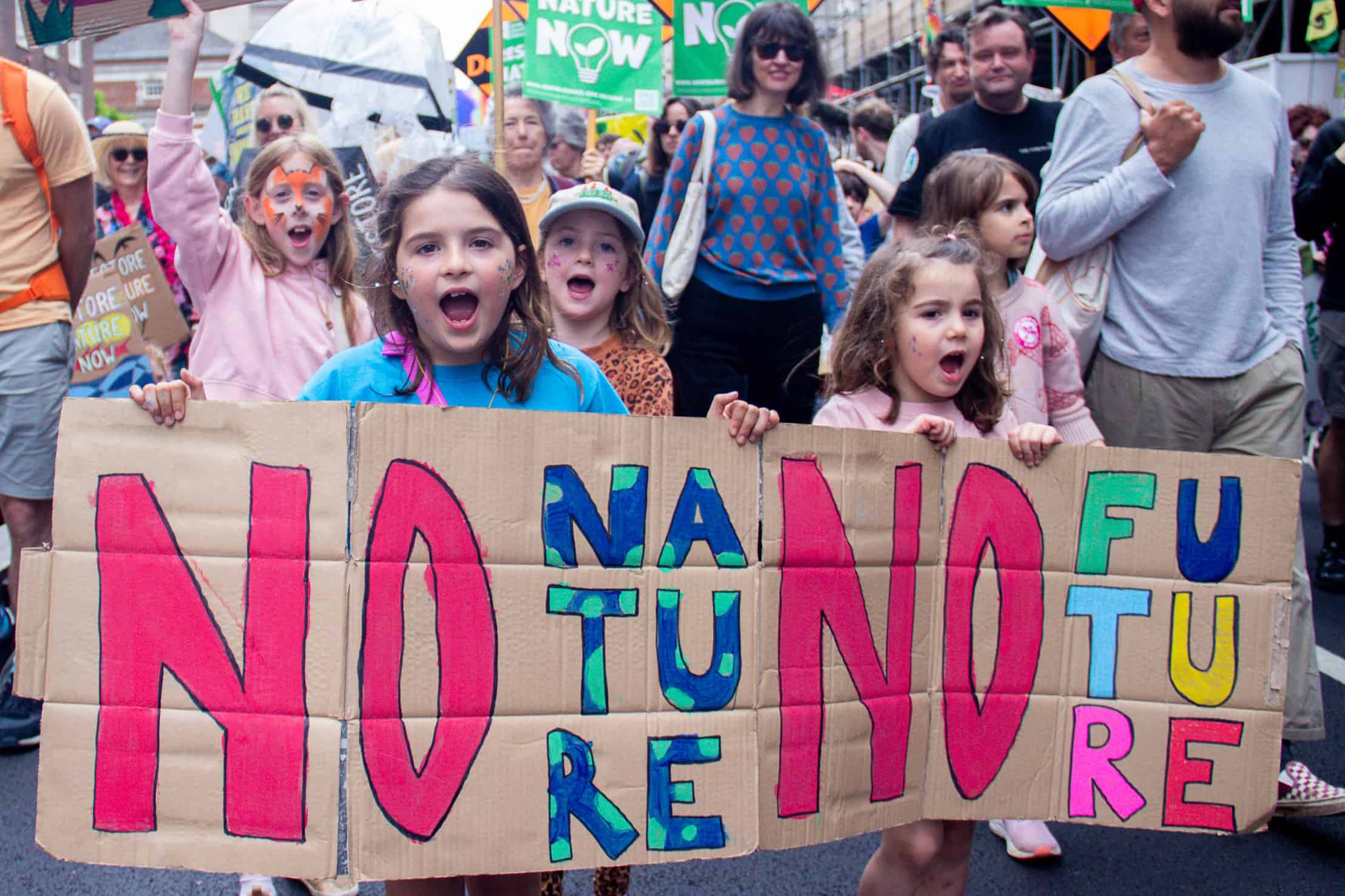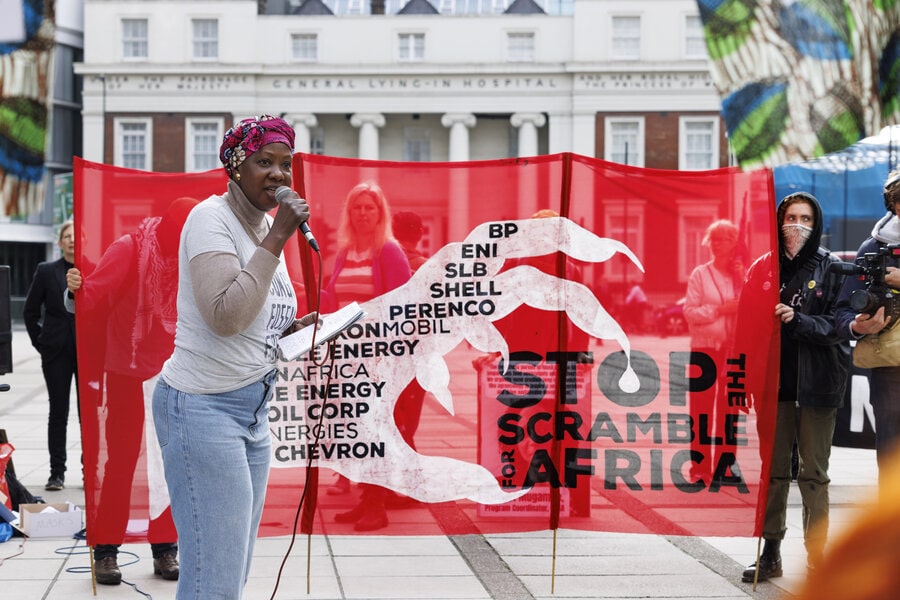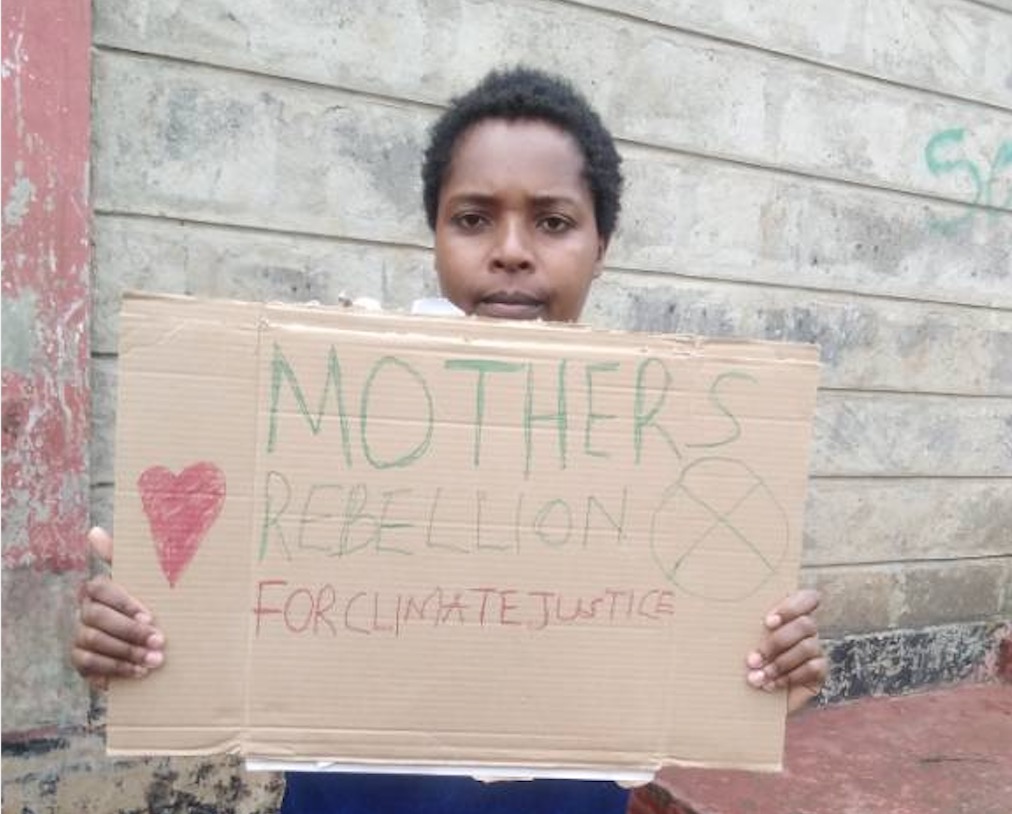Hidden in my kitchen cupboard is a vast pile of shopping bags. They are my secret shame; the result of depending on a deeply problematic material that has invaded every aspect of my life: plastic.
Plastic is Everywhere
At first glance, a pile of plastic bags collecting in my closet may seem benign, but merely glancing is the problem. Because plastic is so common, so omnipresent and familiar, it has pretty much become invisible. It is only when we focus on plastic that we realise how completely it has infiltrated our lives, becoming a glaring physical embodiment of a devastating dependency. An extremely useful material—one that has helped us advance far beyond our wildest imaginings—it’s no wonder we got hooked.
How to unhook? That’s an enormous challenge. As you read on, know that no part of the globe is plastic free, an extremely troubling reality as the vast majority of plastic is made from petrochemicals, which are, in turn, made from fossil fuels. More plastic production means more fossil fuel extraction, which only serves to deepen the climate and ecological crisis we face—and we are creating far more plastic today than ever before. Approximately five trillion plastic bags are produced each year globally, with many discarded in landfills or at sea. What does that mean over time? It is estimated that a single bag takes roughly ten to twenty years to break down. Eventually, each bag decomposes into microplastics, which have been found at the bottom of oceans, floating in the air to eventually fall in rain or snow, nestled in our food and water supplies, and even lodged within our bodies. The plastic bag you use today could one day resurface in the bodies of your great, great, great, great grandchildren.
Plastic pollution is causing devastating harm, especially in the Global South, and is a growing crisis that needs to be dealt with immediately. So, who’s to blame?
On one side there’s Big Oil, a seemingly unstoppable goliath making obscene profits from our addiction to fossil fuels, which are used to make plastic. To maintain its stranglehold on the world, the oil and gas industry spends vast amounts of money both lobbying politicians and creating sophisticated marketing campaigns, all to undermine any efforts to halt the climate and ecological crisis... and these multinational companies fight tooth and nail to protect their shareholders' dividends.
On the other side there’s you, me, and everyone who believes this planet should be protected, not plundered. We must learn, spread the word, and fight back.
To comprehend the depth and consequences of our plastic addiction and how we became hostages of the fossil fuel industry, we need to understand how and why plastic came to dominate our lives.
How Did We Get Here?
First created in the nineteenth century, synthetic polymers, or plastics, proved to be a revolutionary material, eventually becoming vital for America during World War II. Ten years later—due to its low cost and malleable nature—it moved from the battlefield to our backyards. A modern-day miracle that would free humankind and propel us into the future, plastic soon became fundamental to daily life, and from the 1960s forward, the global plastics market became increasingly profitable. In 2021, it was worth $593 billion, with forecasted growth to $810 billion expected by 2030.
It is the versatility of plastic that has led to such prodigious figures. Plastic helps ensure the supply of clean water via PVC pipes, it keeps food fresh and safe to eat, and, owing to plastic’s high strength-to-weight ratio, its reduced packaging results in lower transportation costs, increased energy savings, and potentially lower transportation emissions than other materials. Plastic has also revolutionised the medical industry by helping to improve safety standards as well as lowering the cost of providing medical treatment.
Take a look around you now. Aside from bags, count the products you use on a daily basis that contain plastic. Can you imagine doing without your car, smartphone, laptop, television, refrigerator, ice trays, headphones, toothbrush, shampoo, light bulbs, electric sockets, carpet, and wallpaper? Even our clothing—60% of it!—is plastic. (Think polyester, acrylic, nylon.)
We use so much because it is useful and cost effective, but also because we are regularly encouraged to buy the latest version of our favourite products. Consumption and disposal have become fundamental cogs in the wheel of modern life, with the planned obsolescence of products now forming a major part of marketing strategies for many twenty-first century companies.
By 2050, the petrochemicals used to make plastics are predicted to be one of the main drivers of global oil consumption. Unfortunately, pushing plastic production to the fore comes with a heavy cost.
According to a 2017 study, “8.3 billion tonnes of plastic have been produced over the last seventy years, with 6.3 billion tonnes being tossed away. Only 9% of this has been recycled, with 79% ending up in landfills, and the remaining 12% being incinerated.” Currently, roughly 400 million tonnes of plastic is created each year, with a massive amount being thrown away, mainly in the form of single-use plastic packaging.
We therefore need to examine the roots of single-use packaging so that we can truly understand how damaging it is to our environment and ecosystems. Here, then, is your plastic-packaging primer. Prepare to be blown away by things that get thrown away but, alas, do not go away.
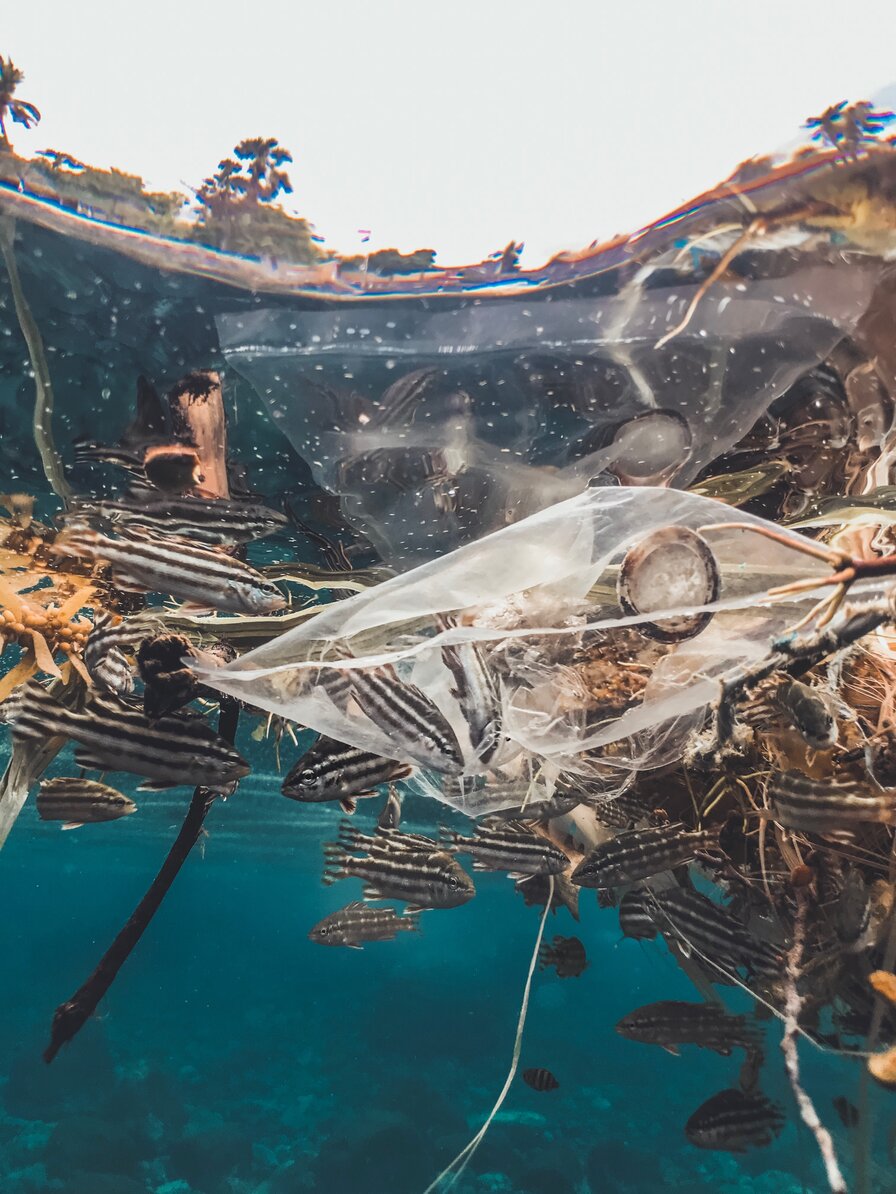
Fish trapped in a plastic bag: Photo by Naja Bertolt Jensen on Unsplash
How Your Future Got Trashed
It’s 1956 in New York City. At the Society of the Plastics Industry conference, Lloyd Stouffer— editor of Modern Plastics magazine—declares ‘‘The future of plastics is in the trash can.” Here’s how he explained it a few years later:
“What I had said in the talk was that it was time for the plastics industry to stop thinking about ‘reuse’ packages and concentrate on single use. For the package that is used once and thrown away, like a tin can or a paper carton, represents not a one-shot market for a few thousand units, but an everyday recurring market measured by the billions of units. Your future in packaging, I said, does indeed lie in the trash can.”
Single-use plastics are disposable items packaging everything from medicine to food to water bottles: everyday objects we all use and throw away. Approximately 130 million tonnes of single-use plastics are produced each year, with all but 2% coming from freshly produced plastic, which in turn comes from… yep: petrochemicals.
Most single-use plastic will be thrown away, with anything from 5 to 13 million tonnes dumped into small nearby waterways each year. A large proportion of this plastic finds its way to the world’s oceans via municipal and larger rivers such as the Mississippi and Mekong. From there, the plastic travels into local coastal systems, where most of it washes back to clog up shorelines, leaving about 10% ending up in deep oceans.
Over half a million tonnes of plastic are ferried to oceans by the offshore fishing industry in the form of plastic fishing nets, lines, buoys, and packing containers—and left there. Called Ghost Gear, this terrible mass of plastic disrupts delicate ocean ecosystems, from the tiniest molluscs to turtles mistaking plastic bags for jellyfish, to the largest marine animals. A dead whale found on a Scottish island in 2019 had a horrific pile of plastic in its guts.
It all adds up to the death of marine life on a massive scale, now, and for centuries to come. Recent research has also shown that plastic pollution is a factor in amplifying heavy metal pollution in the oceans, which then infiltrates the food chain with potentially devastating effects for marine life and humans.
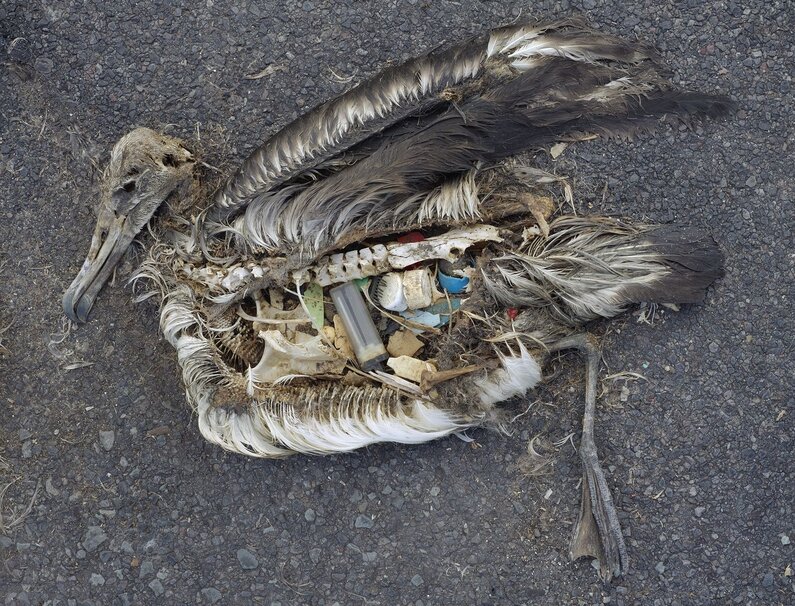
Albatross at Midway Atoll Refuge: Photo by Chris Jordan (via U.S. Fish and Wildlife Service Headquarters), Uploaded by Foerster, CC BY 2.0
https://creativecommons.org/licenses/by/2.0/deed.en, via Wikimedia Commons
Greenwashing
If plastic, and especially single-use plastic is such a toxic material, how did it come to dominate almost every facet of life on planet earth over the last seventy years? The answer in part lies in the extremely sophisticated and sustained campaigns of mass manipulation conducted by the oil and gas and plastic industries.
Greenwashing, an intentionally deceptive manoeuvre, is when companies present themselves as being more environmentally conscientious than they really are. In some cases, they not only continue selling products that damage the environment, but even hinder demonstrably verified ways of revving up recycling. It is corporate sleight of hand designed to shift attention away from their own complicity in deepening the climate and ecological crisis, a tactic those industries have been deploying for decades.
Kill Bill (Any Bottle Bill, That Is)
In the US, awareness of environmental damage caused by single-use plastics first began in the 1960s. That’s also the decade the word “recycle” entered popular usage (it was coined within the oil industry in the 1920s!). By the mid 60s, said coinage made a robust rebound, carrying with it the promise of actual coins: people could bring their used bottles back to stores for recycling, earning five cents for each return. Called bottle bills, this immediate, remunerative incentive for recycling on a massive scale—from villages to states—was a win-win. To this day, wherever such legislation exists, recycling rates are significantly higher than places without them: sometimes more than twice as high.
But bottle bills and the like have a huge and powerful opponent: the beverage and packaging industry, which includes “many of the non-profit groups they control”. As soon as any such recycling plans have popped up, companies have quickly mobilised their money for a fierce and fact-free two-pronged rebuttal. Privately, they lobbied politicians. Publicly, they made their case on TV screens, creating iconic ad campaigns shifting blame from themselves onto consumers.
Keep America Beautiful (KAB), a non-profit organisation founded in 1953 by the American Can Company, Philip Morris, and Coca-Cola among others (and today partnered with organisations from Dow, McDonalds, Pepsico, and Anheuser-Busch, to the Plastics Industry Association), along with the Ad Council, deftly reassigned guilt to its customers by developing a series of advertising campaigns that still resonate today.
Two of KAB’s notable creations are the term “litterbug” and the iconic 1970s “Crying Indian” public service announcement. Both placed the responsibility for the increasing mountain of waste onto the public rather than the industries that deliberately began pushing single-use plastic a few decades earlier.
Corporate greenwashing still happens today, with Coca-Cola, the world’s biggest “corporate plastic polluter”, sponsoring COP27 in one of the most cynical recent examples of industrial misdirection. The “don’t be a litterbug” campaign made a comeback in Malaysia in 2012. A few years later, in 2019, Shell announced a headline-grabbing “$300m fund for investing in natural ecosystems”, a well-timed and effective publicity stunt, drawing attention away from the monstrous revenues they generate by extracting and refining fossil fuels.
The oil and gas industry has also placed the responsibility for solving greenhouse gas emissions onto consumers, urging us to be aware of our own “carbon footprint”, by using a carbon calculator. This shift of responsibility and focus, along with ExxonMobil’s suppression of the reality of burning fossil fuels nimbly offloads all guilt firmly onto the public for buying their exponentially profitable products: petrol and plastic.
The value of the plastic packaging market is predicted to increase to $492 billion over the next seven years, and it is difficult to escape the conclusion that the desire to protect this ocean of money lies at the root of the industries’ persuasive messaging that we, not they, are the cause of plastic pollution.
However, despite the petrochemical and oil and gas industries’ attempts to convince us that two plus two is five, the amount of plastic polluting our oceans and land increases daily, with even our clothes contributing to this plague of plastic particles.
This destructive cycle must be broken soon, for as devastating as the near future that awaits is, it already is the cause of horrific inequality, poor health, and environmental destruction in the Global South.
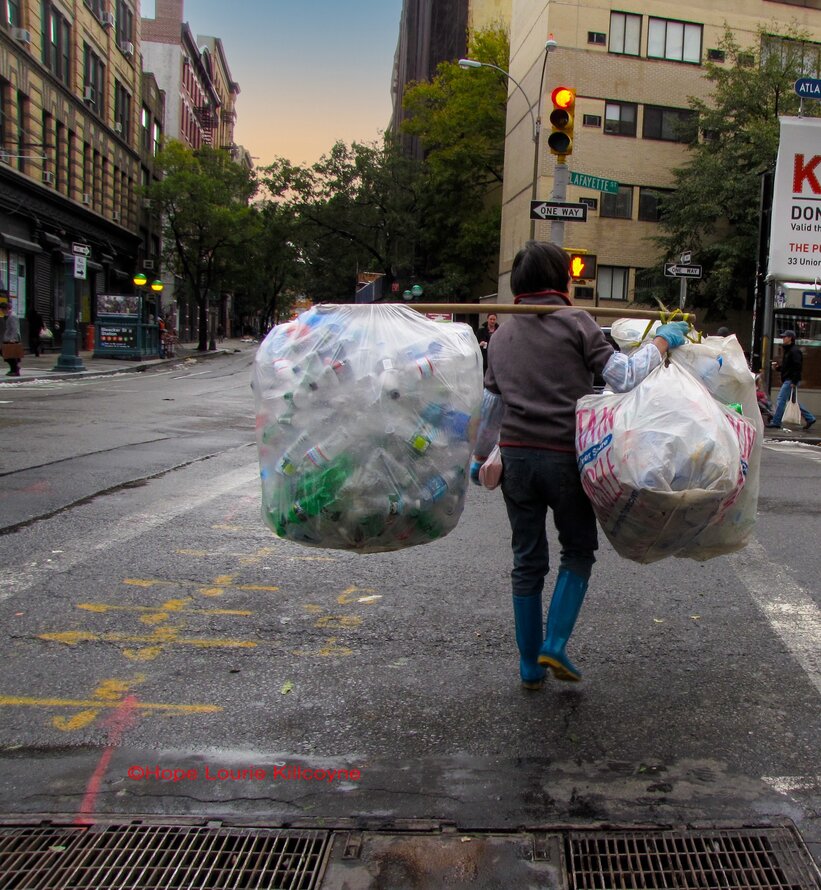
Making Money from Plastic Bottles - New York: Photo by Hope Lourie Kilcoyne
Social Justice for All
Understanding who the heaviest plastic polluters are is tricky due to a lack of international data; however, wealthier countries are among the biggest producers and consumers of plastic. They are also home to some of the largest plastic-producing petrochemical companies. Until recently, their role in contributing to marine plastic pollution in the oceans was overshadowed by the now-debunked claims that Asian countries were the heaviest plastic polluters in the world.
Some things, though, are easier to debunk than others. For example, although people in more affluent countries may believe all their plastic waste is being recycled, because the process is inefficient, expensive, and difficult - this is not the case. Instead, countries including Australia, Britain, Germany, and the Netherlands claim to be recycling plastic, while the truth is they’re actually exporting a large portion for someone else to deal with.
Until 2017, China imported huge quantities of plastic waste, which over time became increasingly difficult if not impossible to recycle, instead being dumped in landfills, and accelerating China’s own increasing domestic waste problem.
Confronting an environmental and health catastrophe that had to be addressed, in 2017, the Chinese Government implemented the National Sword programme, which banned imports of certain types of plastic. However, this policy created a problem for many richer countries, as they now needed to place more rubbish into local landfills while simultaneously finding new markets for their plastic waste. Inevitably, this meant sending their toxic waste to countries with less well-developed recycling industries. Doing so has resulted in a climate justice crisis, with less wealthy nations becoming sacrifice zones for the richest, often without their consent.
Historically, plastic waste has been exported to poorer countries around the globe, including Kenya, Indonesia, Thailand, and Vietnam. As happened in China, these countries face issues with dealing with their own waste. Within these countries, it is the poorest of the poor who have to deal with it. This can be seen in Nairobi, Kenya, home to Dandora Municipal Dump Site, where the most marginalised Kenyans live, work, study and play amidst their wealthier compatriots’ rotting rubbish.
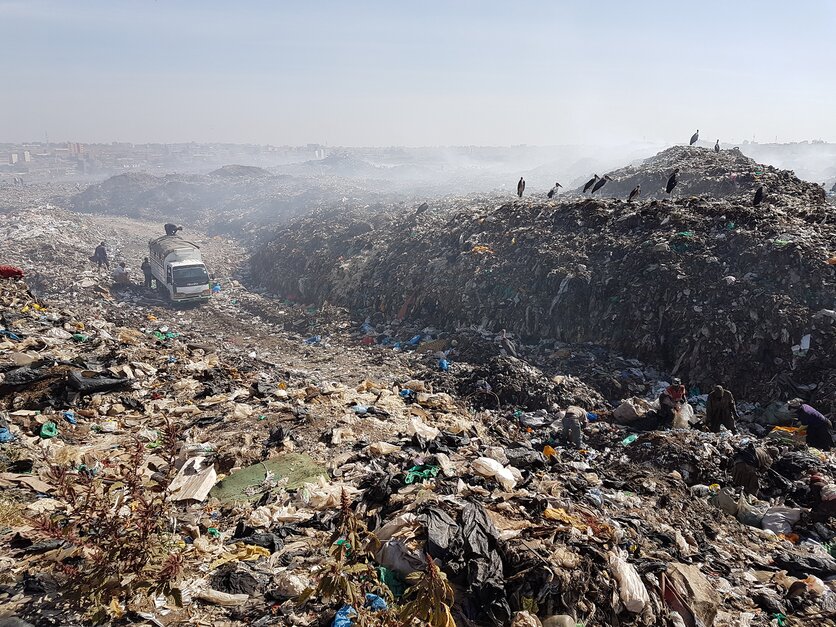
Dandora - Dumpsite from above, photo by Falkue, CC BY-SA 4.0
https://creativecommons.org/licenses/by-sa/4.0, via Wikimedia Commons
Calamitous Conditions
What is life like day to day for the destitute? They live next to toxic landfill sites, sorting through hazardous waste as workers in unregulated informal recycling industries. Here they breathe fumes from incinerating plastic, which not only releases more carbon dioxide, but also emits black carbon, or soot, which has been linked to a host of devastating diseases.
The people working and living in these diabolical conditions are exposed to dangerous contaminants, and consequently develop a plethora of “health conditions including diabetes, hypertension, mental health conditions, and respiratory illnesses”. Inevitably, women are the hardest hit.
Enough Is Enough
These communities and others—including poor or racially marginalised groups—have not meekly accepted this state of affairs. It has taken time, and it is an uphill struggle, but over the last forty years or so, coalitions to change their circumstances have emerged. The environmental justice movement rose from protests against the dumping of toxic soil in the poorest Black communities in America during the 1980s; and subsequent studies showed that race was indeed a critical factor in how the most dangerous types of waste were dealt with.
However, they have faced an uphill struggle in the face of increasing plastic production and consumption, and as the climate crisis has deepened, it is clear that the deep social injustice they have experienced is being amplified on a global scale, including Louisiana's "Cancer Alley”; Orosi, California; Palestine; Somalia; and Kenya.
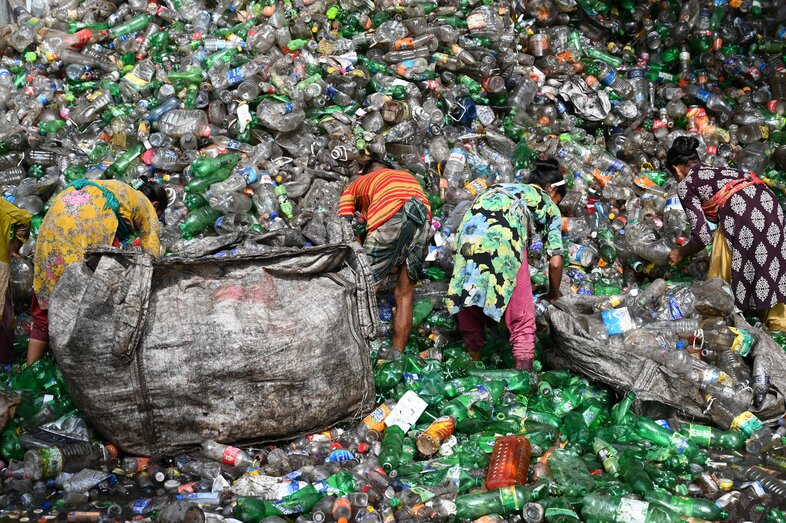
People Working on a Scrapyard, Chattogram, Chittagong Division, Bangladesh.
Photo by Mumtahina Tanni.
Kicking Plastic to the Curb
Humans consume too much, so much that our addiction to plastic is helping create what could potentially be a new geological age called the Anthropocene. We have created an awful mess, one that is hard to justify, and even harder to clean up.
However, some governments are implementing policies that restrict the use of plastics. Leading the charge are African countries, from Tanzania to Rwanda, which are protecting themselves from the harm of plastics. The European Parliament also passed legislation in 2021 that banned a variety of single-use plastics. In March 2022, the United Nations Environment Assembly adopted a mandate to begin negotiations for an international plastic pollution treaty, which is currently being negotiated. In January 2021 the Basel Convention, which controls the “movement and disposal of waste”, was amended (despite opposition from the United States government), so that now the export of plastic waste needs to be approved by the countries importing it—a very big deal.
However, the oil and gas industry will not give up its golden goose without a fight.
Over the last fifty years, Big Oil has made $2.8 billion a day in profits, and the recent shale gas boom in the US along with Chinese and Middle Eastern investment in plastics infrastructure represent their next get-rich-quick scheme.
These companies will continue lobbying politicians and fighting any threats to their bottom line, as moving away from using plastics—especially single use plastics, along with the inevitable shift towards renewables—presents them with an existential threat.
They will also call upon their government allies, who have received fossil-fuel funding while facilitating massive oil and gas subsidies, to keep the cash flowing. These politicians will also protect their interests by enacting laws that treat us, the ordinary citizens who are desperate to save our future, as dangerous extremists. Never forget that the real extremists sit in plush boardrooms and stalk the corridors of power.
We need to be informed, counter their misinformation and tell the truth about plastic waste. We must act now, keeping pressure on our governments to enact legislation that will turn the tide. We also need to go beyond conventional, broken politics to inclusive participatory systems in which citizens have a say and stake in our collective future.
Blindly trusting the politicians and industry leaders to lead us out of the mess they created will not work; we need to take the future into our own hands.
